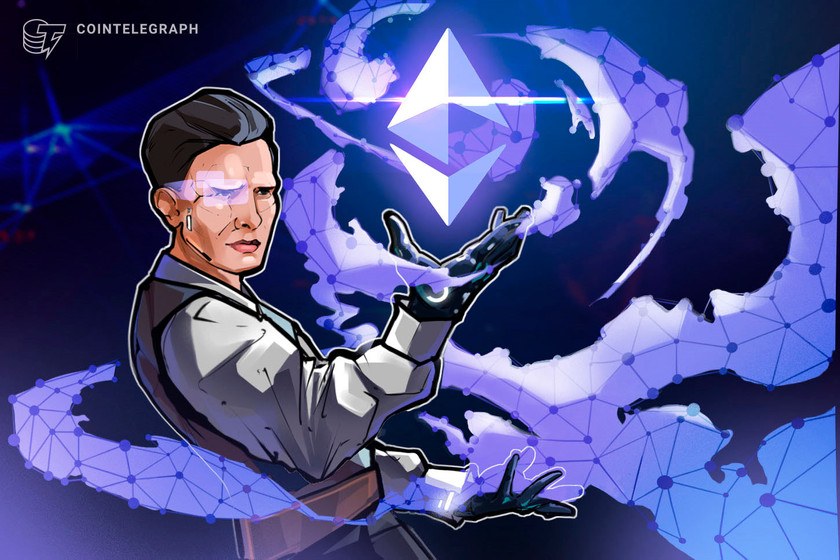Matic rebrands to Polygon in pursuit of ‘Polkadot on Ethereum’ strategy

The Layer-two protocol plans to become an aggregator and interoperability facilitator for Ethereum scalability solutions.
The Matic Network, a project developing an Ethereum-based layer-two solution and an independent proof-of-stake blockchain, announced Tuesday that it would rebrand to Polygon. While the existing products and the token would remain largely the same, the branding change signals a strategic change to become a layer-two aggregator.
Polygon is set out to support other Ethereum scalability solutions, notably Optimistic Rollups, ZkRollups and StarkWare’s Validium, in addition to its in-house platforms. The strategy will be implemented through a new Polygon SDK, which will allow developers to build their DApps on a scalable and Ethereum-anchored infrastructure, without having to choose any technology in particular.
Sandeep Nailwal, co-founder of Matic and Polygon, explained that the approach also entails a variety of interoperability mechanisms. These include asynchronous messaging systems based on the Ethereum Virtual Machine, meant for EVM-compatible chains; messaging based on state channels, a more complex version of the Lightning Network’s core concept; as well as a potential “overlay rollup” that combines other layer-two platforms and allows for instant inter-rollup transactions. Polygon would maintain full tethering to Ethereum through a variety of layer-two security mechanisms, in addition to using Matic’s existing asset bridging implementation.
As part of the new strategy, the project also onboarded notable Ethereum developers and influencers like Hudson Jameson, Ryan Sean Adams, Anthony Sassano and John Lilic as advisors. According to Nailwal, some of the advisors described Polygon’s approach as a kind of “Polkadot on Ethereum,” which is not an official tagline adopted by the team but still offers an “easier to understand narrative for the community.”
Polygon’s SDK and platform would transform Ethereum into a multi-chain system, which the team admits is not unlike what other projects like Polkadot, Cosmos or Avalanche do. Still, Nailwal believes that the Ethereum-centric strategy offers several significant advantages over competing systems. Polygon would benefit from Ethereum’s general network effect of DApps and adoption, while also being “inherently more secure” due to Ethereum being the larger and more battle-tested blockchain.
Finally, Nailwal said that Polygon is “more open and powerful, primarily in terms of architecture types it can support.” The platform can incorporate any Ethereum scalability solution, while also adopting “Ethereum’s ethos of open innovation.”
Polygon’s strategy, if successfully implemented, could have major repercussions on the Ethereum ecosystem. Its new “rollup-centric” roadmap would see shards being used to tether a variety of layer-two solutions. But while sharded architectures incorporate cross-shard communication by design, interoperability between layer-two chains is less immediate and often requires going through the main Ethereum blockchain first. For projects in decentralized finance, where easy composability is key, this issue could mean that they would have to pick “the winning rollup” even if it may be overcrowded or otherwise not suitable for their needs. Thus, easy interoperability could be key to ensuring that Ethereum’s current roadmap offers practical scalability for DApps.



